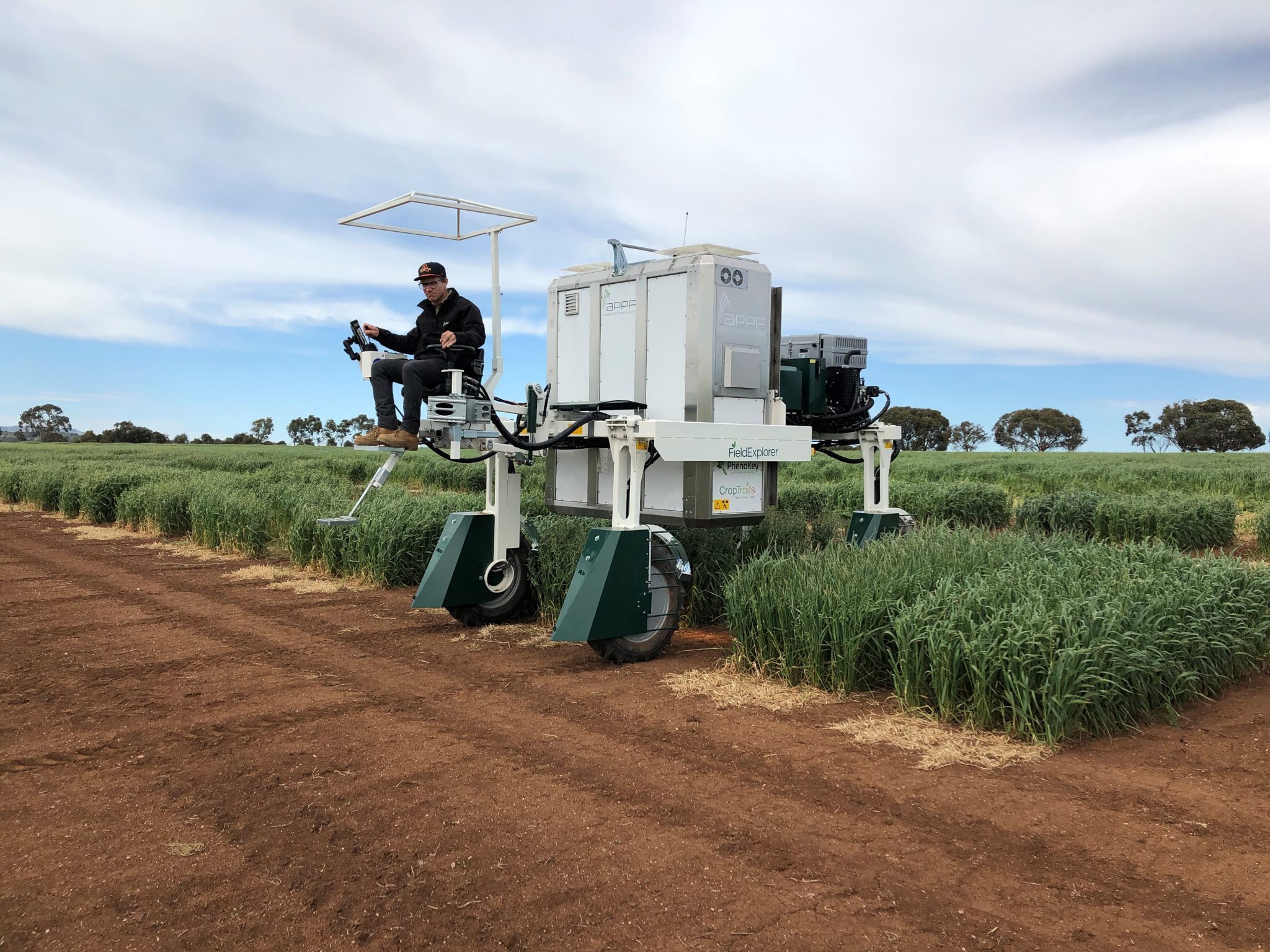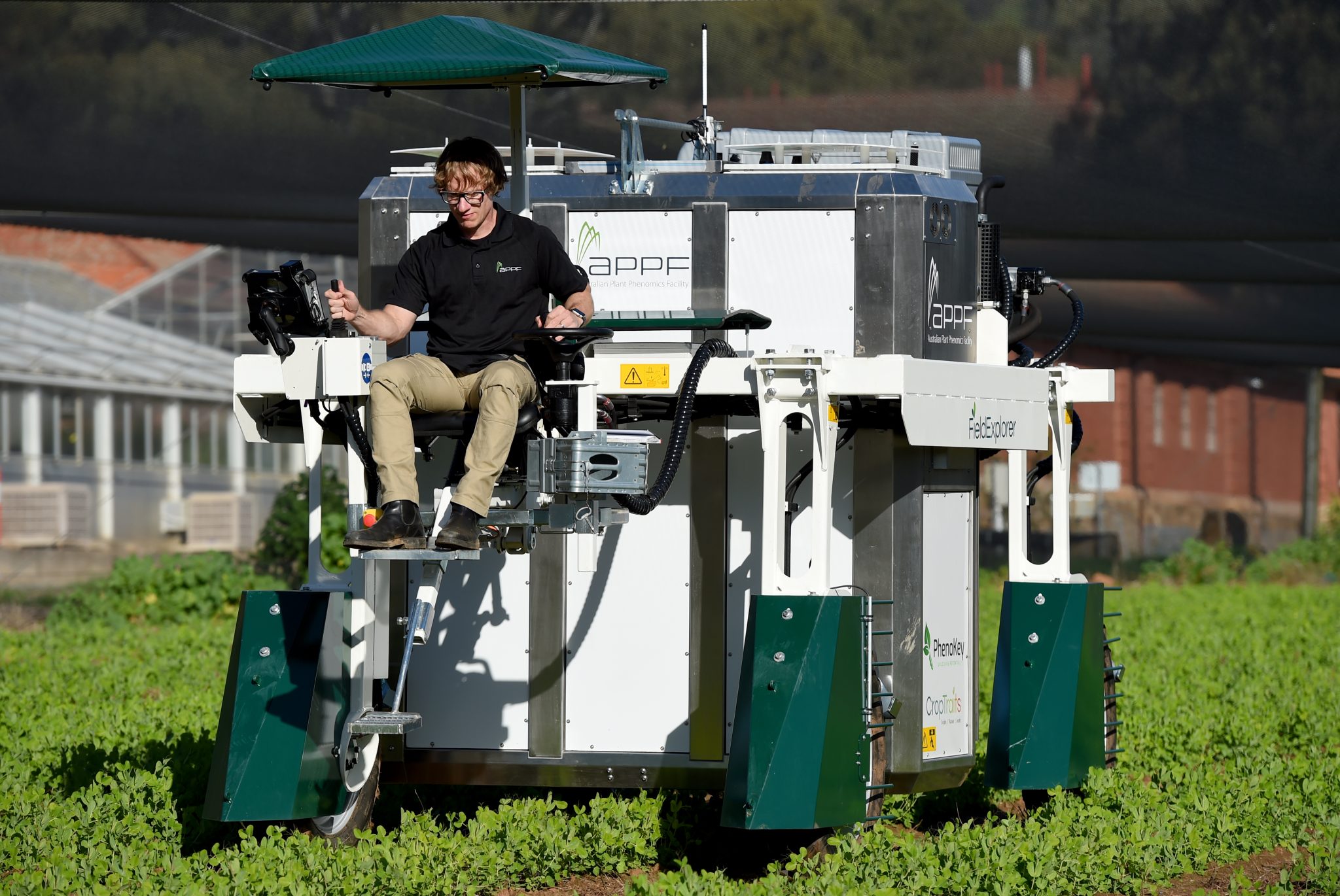Over the past ten years, the Asian protein boom has paid dividends to the Australian oaten hay sector. Between 2013 and 2018 China’s order for our oaten hay increased from 32,000 metric tonnes to 300,000 MT, on the back of a threefold increase in their domestic dairy industry. Japan, Korea and Taiwan are also major trading partners, with Australia currently exporting around $541 million of hay annually (ABARES 2019).
A major issue for the sector has been capturing timely, accurate and comprehensive data on crop yield and quality parameters, such as sugar, fibre and digestible dry matter content, in order to inform sellers, farmers and plant breeders. Traditionally, measuring yield and quality in oaten hay breeding has been a slow and costly process to implement. Manual hay cuts are taken from a breeding trial, before being oven dried, then processed through two different mills and subjected to laboratory analysis. It’s a laborious exercise that is carried out for early-stage breeding lines at just one trial site in South Australia, despite the oaten hay sector enjoying a strong presence in regions across Western Australia and Victoria.
“Due to limited resources, we’re only able to sample biomass and quality from a small number of oaten hay genotypes each year and therefore have a very limited understanding of the genetic variation for these traits,” said Dr Tim Sutton.
“Given that we only take detailed measurements from one trial site a year, it has been difficult to combine high biomass with enhanced hay quality. We’re also missing valuable information about how different environmental conditions and management practices can affect hay yield and quality.”
Dr Sutton, Principal Scientist for Crop Improvement at the Department of Primary Industries and Regions research division South Australian Research and Development Institute (SARDI), has been leading the charge to identify a way around the issue. Now, with funding from AgriFutures Australia, testing of new technology that could offer a solution is well underway.
Developed in partnership with a company from the Netherlands, and brought here by the Australian Plant Phenomics Facility, the FieldExplorer is an in-field detection device that uses sensing technologies to determine key performance indicators of a crop. It uses three types of sensors – an RGB camera gathers information about leaf colour and disease, a LiDAR sensor develops information about biomass and crop height, and two hyperspectral cameras work to track information about crop quality. The device surveys the crop or breeding trial plots at a speed of 1.5 metres per second, developing data and findings in real-time in a non-invasive manner.

FieldExplorer trial – A world-first machine to speed up and improve the way scientists and plant breeders take plant measurements in the field. Pictured at Turretfield, SA. Picture: Tim Sutton











